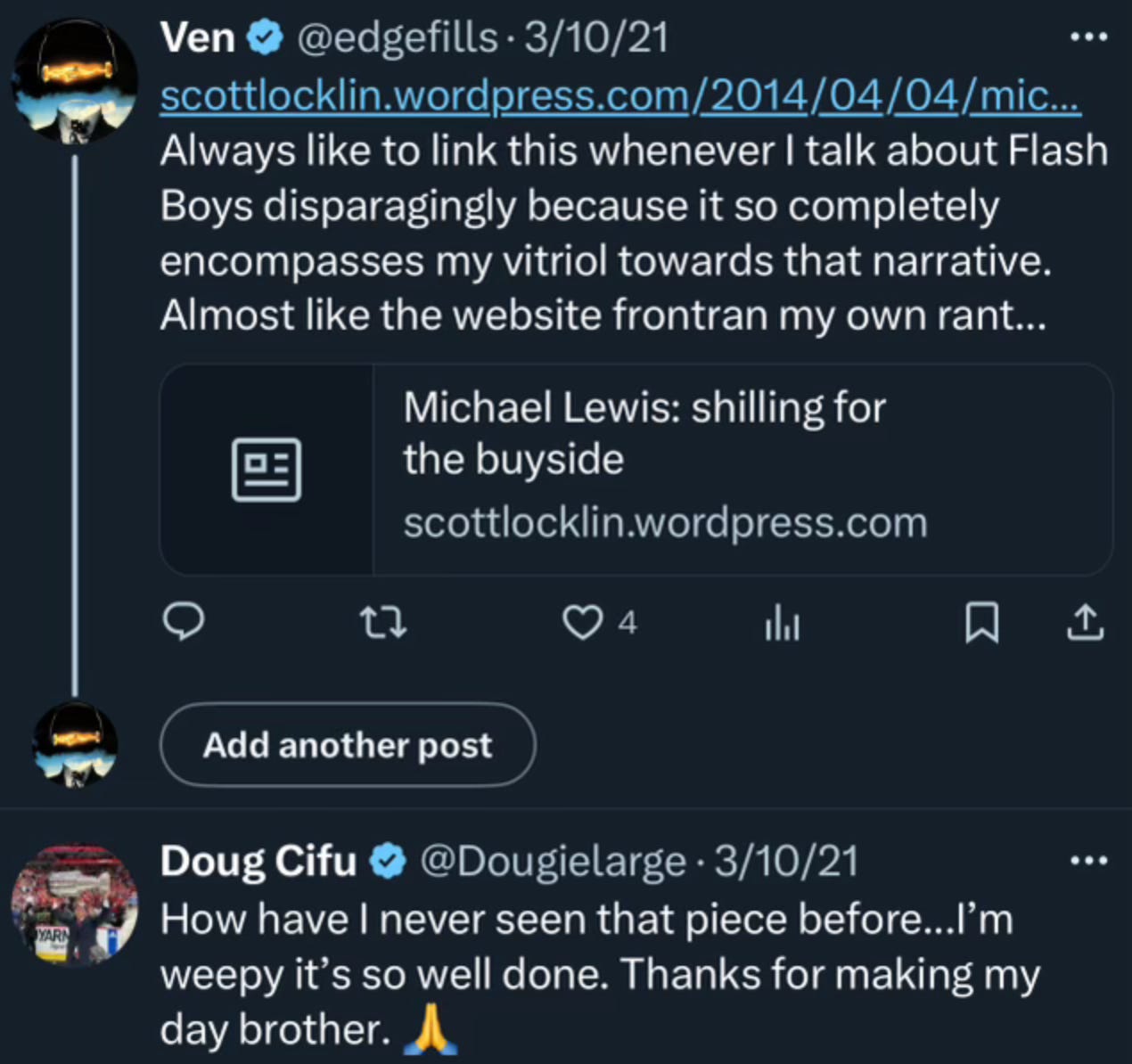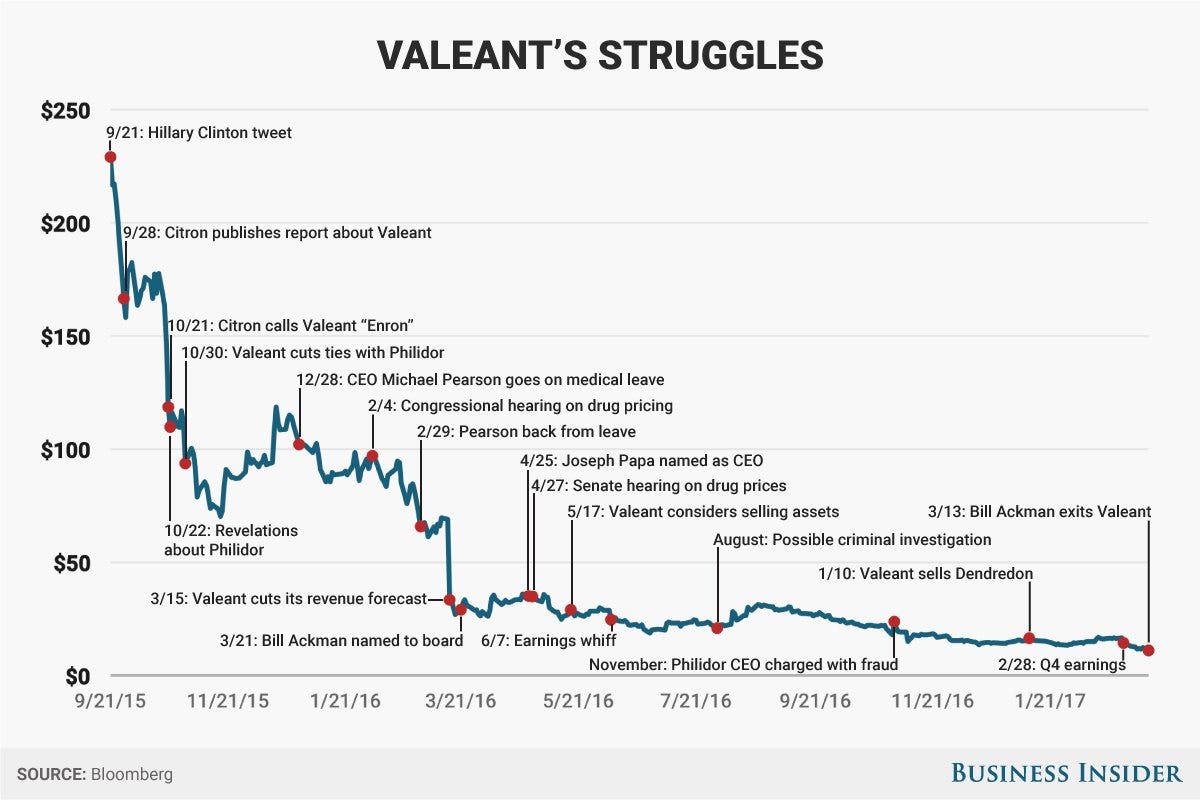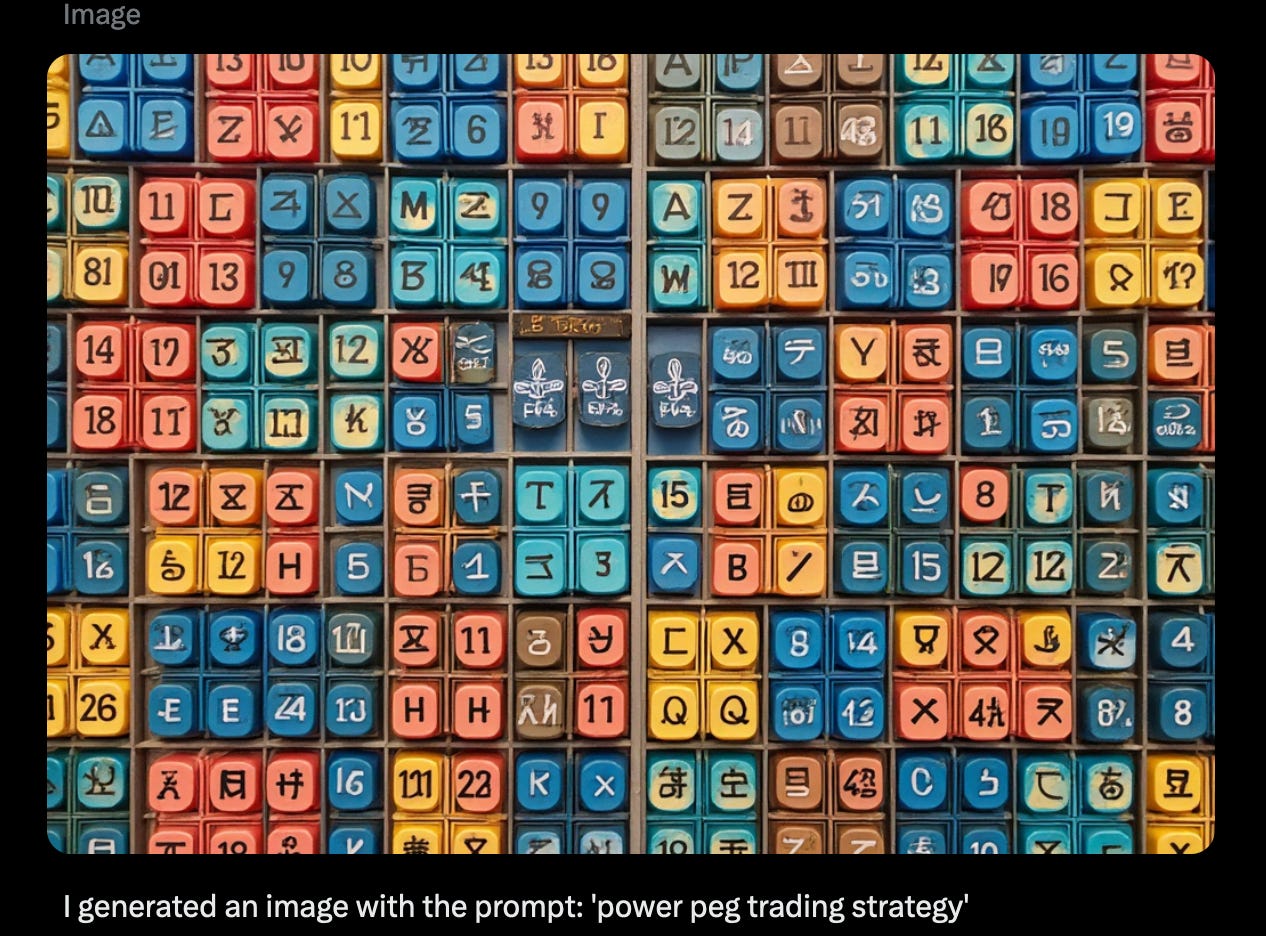Cents and Sensibility
Bid and Tonic 2
Though nowadays I’m known for writing (too) fluidly about ultra-dense concepts in markets, the journey does not start out in a complex place. I tried “capturing” dividends by buying on the ex-dividend date and selling after the trade settled, then realized that dividends were technically taken out of the stock price. (At least, back when fundamentals mattered.) And, of course, I learned to trade options by gambling on phase 3 PDUFA trials. None of this was sophisticated, and in such a low volatility, low volume market, these strategies don’t work. Here are some selected amusing emails I sent to my brokerage account manager at the time (February 7, 2016), to get approved for more than covered calls and cash-secured puts
which would lead to my first big cashout on RLYP a couple months later (July 21, 2016):
Shares of Relypsa (RLYP) are spiking by 58.79% to $31.92 in early morning trading on Thursday, after Galenica agreed to buy the Redwood City, CA-based biotech for $1.53 billion.
My first hit was a lot more than free, it paid big. Undeterred, I looked for more big winners. I gravitated to biotech for two reasons: first, that it was the only volatility in those markets, and second, as I had worked in a lab for a couple of summers of high school, surely I understood the entire drug pharmaceutical pipeline. Ah, the naïveté (and arrogance) of youth.
The thing is, there aren’t that many phase 3’s — make or break moments for a drug, and the basis of perhaps the most famous insider trading case of all time — and outside of that, you are basically trading on rumors that catch fire on message boards and newswires. In a sense, this is why I understand memecoins as well — small cap biotech stocks were the original memecoins, trading off of pure sentiment. I remember querying NI SPEC on the Bloomberg hourly and have a deep hatred for Benzinga, knowing that their rumors drove down RLYP to ~$14 at the lows before the acquisition tender offer I mentioned above. So, of course, I began to look for other actionable information. Remember Valeant Pharmaceuticals (VRX) from the prior post?
Ackman shoved a ton of his gains on the Allergan hostile takeover in support of Pearson (more on Valeant another day, as it’s one of my own “gut feeling” big shorts I’ve ever taken in my life), and we all know how that ended:
The markets hadn’t shifted fully to the quantitative, postmodern regime I write about so much, and I hadn’t really been exposed to the HFT/MM world back then. I ostensibly knew what Power Peg was from reading vociferously, primarily through Scott Locklin’s explainers (and his takedown of Michael Lewis re: Flash Boys got me a word of thanks from none other than Virtu CEO Doug Cifu when I shared the link with him)
So, logically, I went the fundamental route at first. I had a sense that “metrics” and “valuation” didn’t mean all that much
Most fundamentals pretty much just amount to revenue projections — you can have all the ratios you want, but at the end of the day, it’s just about making more money.
so I looked for my own way to interpret forward revenue. As a single individual with access to a Bloomberg terminal without live data, I figured I wasn’t going to come up with any novel valuation or discover actionable proprietary information. And given the nonsense that went on with Benzinga, that would be further confirmed by quotes I read from Einhorn and the Cohen insider trading case, I was well aware that analyst reports pretty much did nothing other than drive trading volume through frontrunning (again, a precursor to the memecoin phenomenon) and post-hoc rationalize stock price movement:
One of my favorite quotes to remember about sell side research comes from David Einhorn, of all people:
This statement should be trivially observable on any given day in modern markets, with “upgrades” and “downgrades” comically following stock prices that we all know don’t really make sense. For example, SVB right as it was getting liquidated had precisely 1 “sell” rating:
My point isn’t that research analysts are useless — indeed, if you actually read their reports, they do actually comb through the financials that I’m much too lazy to do myself — but that none of these people have skin in the game or any real reason to put anything other than a buy rating on a stock, due to the fact that research is generally marketing for the banks to be able to pitch trades to clients (and then collect txn fees.)
I write frequently about how finance is built around debt, first and foremost, and this insight came from none other than my foray into trading VRX back in 2016:
I really gotta go look up my old account manager, reading back on these emails is hilarious, but I’m sure he appreciated it in his own way.
I wholly believe the reason I understand rates so well is because I learned finance in the era where everyone was looking for yield (aka ZIRP.) The core question behind investing is the same as the core question behind business — how do I use my current cash to increase forward earnings? In investing, this takes the form of yield and compounding, and it’s natural to see why the “free cash flow” idea took such a hold in the “intelligent investor” days — revenue is king, becuase revenue is inherently compounding yield in business form. Of course, share prices would divorce from reality, but there’s Malt Liquidity for that thought.
Still, to this day, bond market liquidity and their fluctuating mark-to-market value is what I look at first and foremost. If forward revenues are in question, Scary Jerry’s aren’t comfortable with buying in, and you have no liquidity-indifferent bid to push the book in your direction.
Firstly, it’s hilarious that I was asking to short the bonds directly as your regular punter with a Schwab account (I wouldn’t understand the concept of structured products not being accessible to retail until 2017, as I refused to watch the Big Short thanks to my Michael Lewis vendetta.) Second, the insight was pretty solid, as it was a critical juncture in the VRX story:
I first caught the VRX drop after the Citron report (I’ve been reading Left for a long, long time, as I mentioned a little while ago):
Which brings me to Andrew Left, an odd specimen in the financial writing world that’s part trader, part fundamental analyst, part engagement baiter in some variable weighting. One of the first “alternative research” reports I found back in the day was this Citron Research report (which has been pulled in its original PDF form, for reasons that will become clear shortly) on MNST from 2016, which contains this fantastic passage and came with a short recommendation…
I didn’t take that short, and MNST would proceed to go on a ripper, but I was kind of hooked that stocks would trade on actual news, a phenomenon that is far behind us now. And, credit to Left, his writing style was very clear and pointed and conveyed the thought behind the idea clearly, which is partly why I developed a narrative style of financial writing in the first place. Indeed, the first finance internship I applied to in May, 2016, was not at an investment bank or a market-making firm, but Investopedia:
I would say the few things that I am the most passionate about are the areas of mathematical and behavioral finance, journalism and literature, and chess. I am a book junkie at heart - I have read a plethora of books about the 2008 crash, the infamous Enron scandal, and many topics in between. This naturally lead to an interest in classic literature and my own writing, where I focus on insight into modern day topics, unique viewpoints on current events, and perhaps introducing an area unique to a reader.
Called my shot pretty accurately, eh? Turns out, who needs churn content with no moat?
Of course, my favorite class was related to graph theory, not probability theory (I just assumed they wanted to hear that), but that’s another story for another time.
But, if you look closely, after catching that 50% move down from the ~60s, the stock started to chop after Ackman joined the board. When I sent that email on August 25, the stock had rallied quite a bit after the criminal investigation news had leaked. But, I had a hunch — if the bonds weren’t rallying back, when there was no yield to be found and it was trading at junk value, could the stock price movement really be reflecting fundamental belief in the future of the company?
After getting my replies (and learning I couldn’t buy CDS on VRX just yet), I took some puts as my account guy recommended, and I caught another, albeit slower, 50% move. (My zero-day forays would start in Q4 2017.)
The moral of the story, I suppose, is that most people do not lose on options due to expiry but rather due to timing. On an intraday scale, this is usually the time period through lunchtime where we all know nothing is happening, but stare at our screens anyway, and our premium gets eaten away. On a longer time frame, it’s perfectly rational to structure an options trade in the long term, you know? Using a simple theta decay chart (which comes from Natenberg, btw),
we realize that there’s very little leverage being taken up until the monthly expiry starts to come into play. Thus, as I structured that trade as a diagonal, I didn’t have to pay the borrow cost but also didn’t have to suffer too much as the price moved against me, and was able to hold through. Scaling down position sizing is an organic way to de-lever, after all. If the information is readily available to a retail punter, it doesn’t mean that it isn’t actionable, it just means that the catalyst isn’t the dissemination of the information. Rather, the game becomes figuring out what everyone expects to occur, what they’re waiting for, and trading around Scary Jerry and his shaky hands. More often than not, the post-hoc rationalization news article is accurate as to what drove the stock move over time, the positioning in between that isn’t “news-driven” is what allows you to take a profitable stance over time.
If you enjoyed hearing about the only half-hearted “job search” I’ve ever done, and enjoy trading strategies that apparently are best represented by deformed shogi tiles, please consider sharing this post or forwarding this email













Have you read the book "Extraordinary Popular Delusions And The Madness Of Crowds"? It's from 1849, reads like a modern author, and goes over the 7 financial bubbles that had already happened by 1849. For example, the King of Scotland got suckered into the Darien (Nicaragua) bubble, and that's why Scotland is England's bitch. And, it explains all about the Tulip Bubble.
It's a great book for an investor, and very relevant right now.